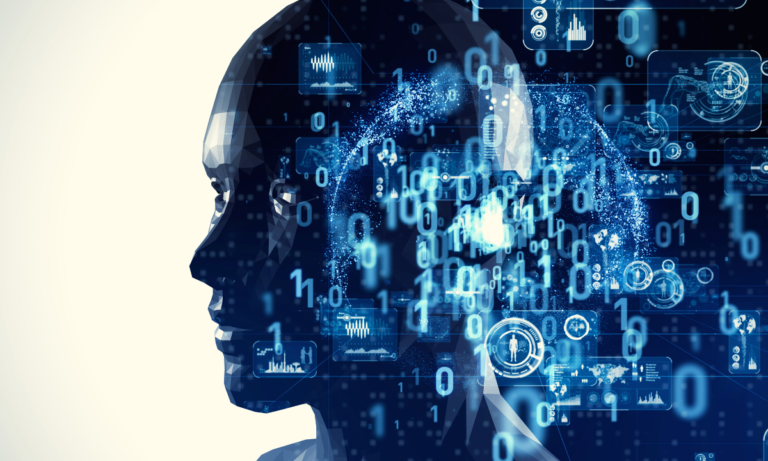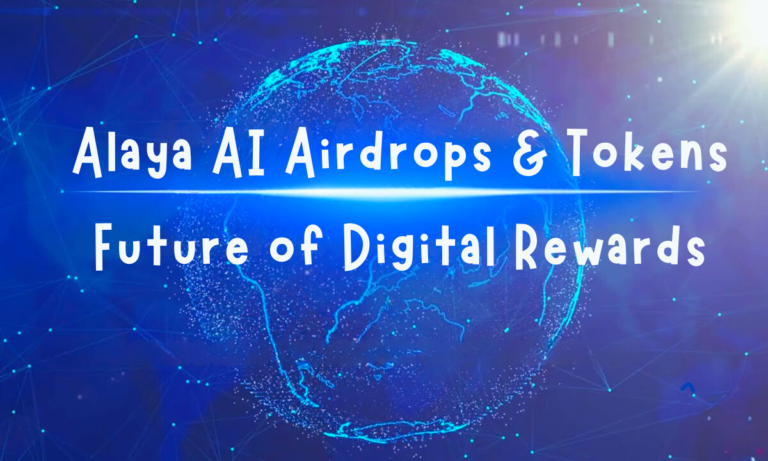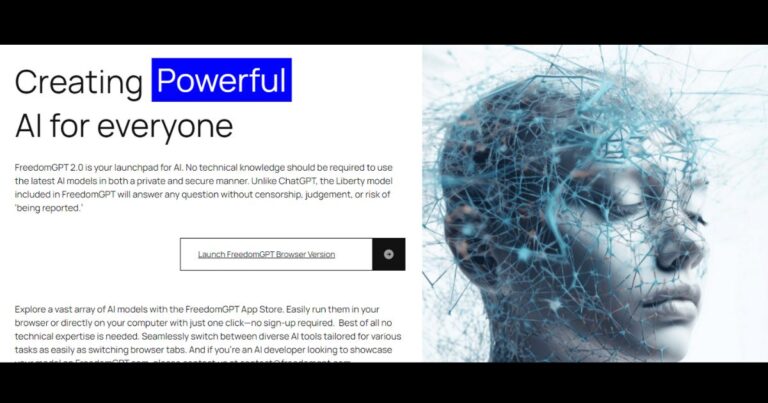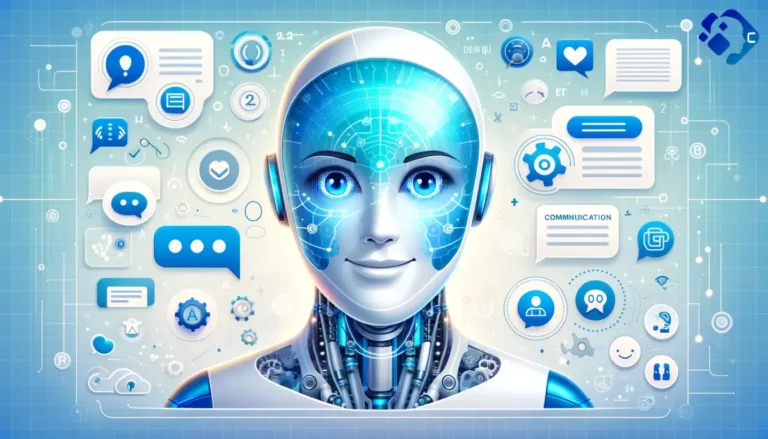What Does GPT Stand for in Chat GPT: Understanding ChatGPT
In recent years, artificial intelligence has made remarkable strides, particularly in the field of natural language processing. One of the most talked-about AI models is ChatGPT, which has captured the public’s imagination with its ability to engage in human-like conversations and perform various language-related tasks. But what exactly does GPT stand for, and why is it so significant? Let’s dive in and explore this fascinating technology.
Decoding GPT: Generative Pre-trained Transformer

GPT stands for “Generative Pre-trained Transformer.” This acronym encapsulates the key features and underlying technology of the model. Let’s break it down:
- Generative: This term refers to the model’s ability to generate new, original content. Unlike models that simply classify or analyze existing data, GPT can create text that didn’t exist before, making it incredibly versatile for tasks like writing, summarizing, and answering questions.
- Pre-trained: Before GPT models like ChatGPT are fine-tuned for specific applications, they undergo a massive pre-training phase. During this process, the model learns from vast amounts of text data from the internet, books, and other sources. This pre-training allows the model to develop a broad understanding of language patterns, facts, and even some reasoning capabilities.
- Transformer: This is the underlying neural network architecture that powers GPT models. Introduced in 2017, the Transformer architecture revolutionized natural language processing with its ability to handle long-range dependencies in text and process information in parallel, making it both more effective and efficient than previous approaches.
The Evolution of GPT Models
The GPT family of models has evolved rapidly since its introduction:
- GPT-1: Released in 2018, this was the first model to demonstrate the potential of the GPT architecture for language tasks.
- GPT-2: Launched in 2019, it showed significant improvements in generating coherent and contextually relevant text.
- GPT-3: Unveiled in 2020, this model marked a huge leap forward with 175 billion parameters, enabling it to perform a wide range of tasks with minimal specific instructions.
- ChatGPT: Based on GPT-3.5 and released in late 2022, this model was specifically fine-tuned for conversational interactions, leading to its widespread popularity.
Each iteration has brought improvements in performance, capabilities, and the ability to understand and generate human-like text.
How ChatGPT Works: A Glimpse Under the Hood
At its core, ChatGPT operates on a simple principle: predicting the next word in a sequence based on the context provided by the previous words. However, the scale and sophistication of this prediction mechanism are what make it so powerful.
- Tokenization: When you input text, ChatGPT first breaks it down into tokens, which can be words or parts of words.
- Contextual Understanding: The model then processes these tokens through its many layers, each layer helping to build a deeper understanding of the context and meaning.
- Generation: Based on this understanding, ChatGPT predicts the most likely next token, then the next, and so on, until it has generated a complete response.
- Fine-tuning: For ChatGPT specifically, the model has been further trained on conversational data and with techniques like reinforcement learning to make its outputs more helpful, honest, and safe.
The Impact and Applications of ChatGPT
The capabilities of ChatGPT have led to its application in numerous fields:
- Education: As a tutoring aid and research assistant.
- Customer Service: Powering chatbots and automated support systems.
- Content Creation: Assisting with writing, brainstorming, and editing.
- Programming: Helping developers with code generation and debugging.
- Language Translation: Enhancing translation services with context-aware translations.
Challenges and Ethical Considerations
While ChatGPT represents a significant advancement in AI, it also raises important questions and challenges:
- Bias: Like any AI trained on human-generated data, ChatGPT can reflect and potentially amplify societal biases present in its training data.
- Misinformation: The model’s ability to generate plausible-sounding text can be misused to create convincing fake news or misleading information.
- Privacy Concerns: As these models become more integrated into various applications, questions arise about data privacy and the potential for misuse of personal information.
- Job Displacement: There are concerns about how AI language models might impact jobs in writing, customer service, and other language-centric fields.
- Overreliance: As these tools become more sophisticated, there’s a risk of over-dependence, potentially affecting human creativity and critical thinking skills.
The Future of GPT and AI Language Models
The rapid progress in GPT technology suggests an exciting future:
- Multimodal Models: Future versions may integrate text with other forms of data like images, audio, and video.
- Increased Efficiency: Models may become more efficient, requiring less computational power and energy to operate.
- Enhanced Reasoning: We might see improvements in the model’s ability to perform complex reasoning tasks and maintain longer-term coherence in conversations.
- Specialized Applications: More fine-tuned versions for specific industries or tasks are likely to emerge.
Conclusion
GPT, standing for Generative Pre-trained Transformer, represents a significant leap forward in AI’s ability to understand and generate human-like text. As embodied in ChatGPT, this technology has already begun to transform how we interact with computers and approach various language-related tasks. While it presents exciting opportunities, it also comes with important ethical considerations that society must grapple with. As we continue to explore and develop this technology, it’s crucial to do so responsibly, always keeping in mind both its potential benefits and risks to society.






